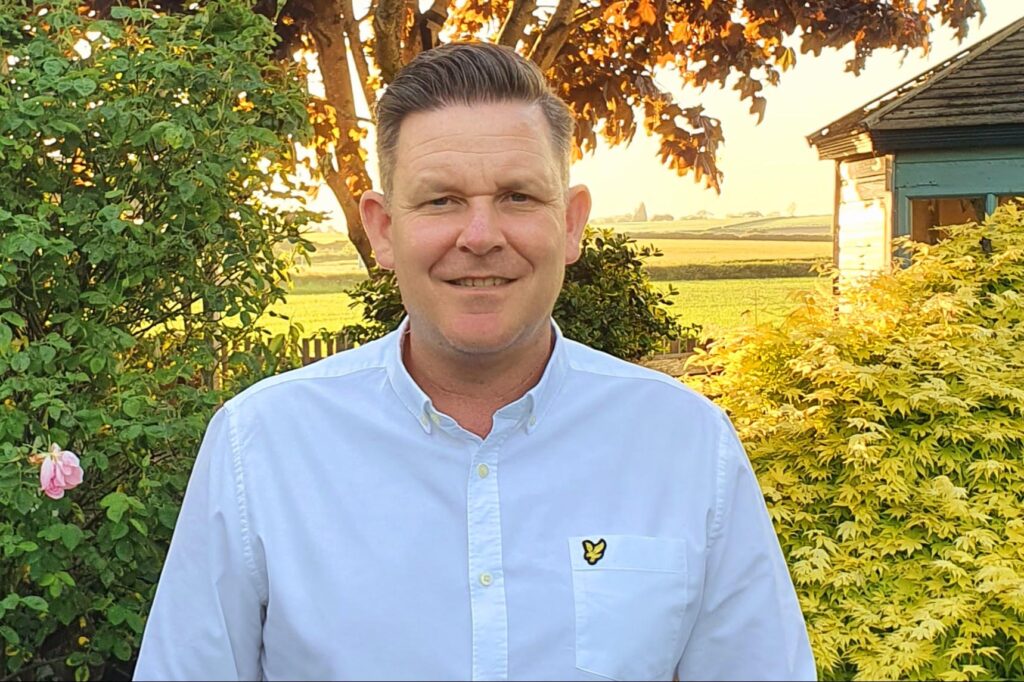No-one likes seeing prices go up but, sometimes, it’s unavoidable. Golf industry expert Tim Gilpin says it’s all about getting customers on board
Keep the membership fees as tight as possible. Don’t be seen to be spending too much. Worry about what’s coming tomorrow.
They are themes that have come up frequently in our series, The Price of Club Golf, looking at what our sport really costs and how clubs pay their bills.
It’s an ideology that drives some members’ clubs, reckons Tim Gilpin, who has recently been appointed accounts manager for the Midlands and North region for consultancy firm Accountancy Matters.
Following a quarter of a century in the industry at clubs like Tenby, La Moye, Mottram Hall and Beau Desert, there isn’t much GCMA member Gilpin hasn’t seen.
What he’s learned is when things need to be paid for, the not-for-profit scenario that sets private clubs apart from their proprietary cousins can leave them having to spell out a difficult message to members.
“What you see is that more than just the running costs [of a club], you need to have foresight,” he said.
“With golf clubs, because of the nature of when someone gets voted onto a committee, how long they do it for and then the passing of the baton, they’re probably not as aggressive in terms of generating funds.
“Naturally, they are then tighter with their ability to pay for things. And, all of a sudden, when something big comes along, they’ve often either got to go to the membership or they’ve got to take loans.
“They just haven’t got that cash in the bank to be able to do it.”
So what if clubs need to ask members and visitors for more?
Gilpin added: “Communication is key. You’ve got to communicate to members any increases and the reasons why you’re doing it and the more communication you put out there, in terms of what’s required, is huge. You’ve got to get those members on board.”

Has the golf industry made the most out of the pandemic participation boom?
Membership remains strong – with England Golf showing 722,000 players attached to clubs in the country and high participation levels remaining in Scotland, Wales and Ireland.
But Gilpin believes it is the clubs that innovate who will be the ones which continue to grow, as the sport continues to remain under pressure from a cost-of-living crisis and the availability of other leisure pursuits.
He advised member clubs, in particular, to get into the detail and embrace commerciality to retain the benefits of the last few years.
“Some clubs do it really well – those that have taken notice of the industry noise off course and the importance of off course revenue using tech,” he said.
“They are using technology to help and maintain participation and, obviously, increase revenue.
“There are other clubs where, maybe, the vision doesn’t sit too much outside their world and they’re probably slower in realising how important it is to keep members retained.
“Retention will always be a tricky thing. There has been the uplift from Covid and the stats remain healthy.
“The people that are going to stay are the ones that are engaged and, again, communication is going to be key [in that].
“There is still a cost-of-living crisis. Golf is lucky that many people have seen the benefits [of the sport] in terms of mental health and exercise and that’s helping to keep the numbers.
“But people have always got choice. They’ve got other sports. They’ve got other things they can move to and, therefore, golf clubs must look at the journey that starts from when someone gets to the driveway gate.
“What do they see? That’s why that detail for golf clubs needs to be at a higher, more commercial level, that member clubs don’t necessarily always get to.”



